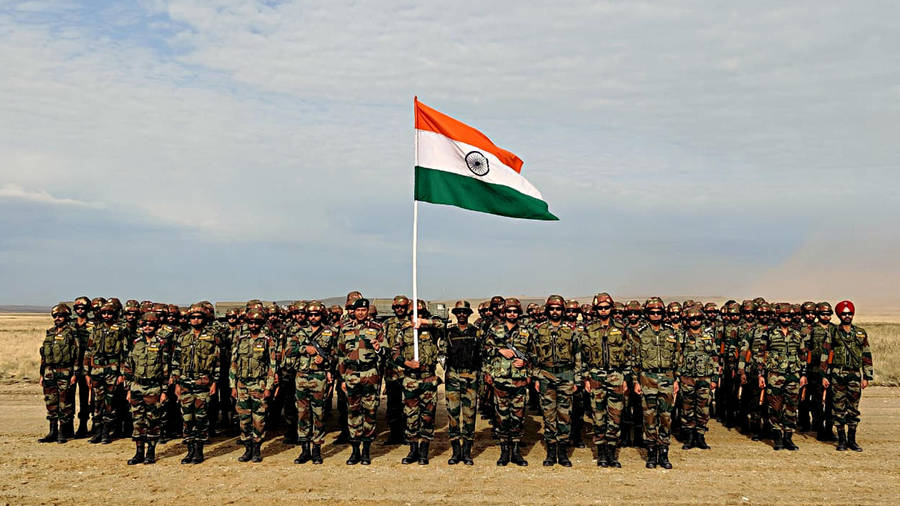1. “Religious education in India lies at the intersection of constitutional freedoms under Articles 25–30 and the principles of equality, secularism, and accountability mandated by modern law. Discuss how Indian legal frameworks attempt to regulate religious education while ensuring social reform and protection of minority rights.”
| Syllabus: General Studies – II: Separation of Powers between various organs Dispute Redressal Mechanisms and Institutions |
Religious education in India is protected under Articles 25–30 of the Constitution, allowing minorities to establish and administer institutions of their choice. At the same time, the State, guided by Articles 14, 21A, and 51A, ensures equality, secularism, and social reform through regulation. This creates a delicate balance between freedom of religion and modern law.
State’s Role:
1. Equality and Non-Discrimination: Regulation ensures access to quality education irrespective of religion or caste.
2. Right to Education (Art. 21A, RTE Act, 2009): Even religious schools (madrassas, pathshalas) must align with the right to free and compulsory education.
3. Secular Character of State (Art. 28): Publicly funded institutions cannot impart religious instruction, ensuring neutrality of the State.
4. Case Law – Aruna Roy vs. Union of India (2002): Supreme Court upheld value-based education but rejected compulsory religious indoctrination in schools.
5. Accountability and Transparency: Regulation of finances and curricula in religious schools prevents misuse and ensures modern subjects are taught.
6. Directive Principles: Promote scientific temper, social justice, and education for weaker sections.
Rights of Communities:
1. Freedom of Religion (Art. 25–26): Communities have the right to propagate and manage their own religious education.
2. Cultural and Educational Rights (Art. 29–30): Minorities can establish and administer institutions to preserve their culture.
3. Case Law – T.M.A. Pai Foundation vs. State of Karnataka (2002): Affirmed minority institutions’ right to autonomy in administration and education.
4. Protection from Excessive State Interference: Over-regulation may dilute minority identity and cultural rights.
5. Pluralism and Diversity: Religious education helps preserve India’s diverse traditions alongside modern subjects.
6. Case Law – Bijoe Emmanuel vs. State of Kerala (1986): The court upheld students’ right to religious freedom in education (Jehovah’s Witness case).
Modern law in India seeks a middle path: ensuring equality, accountability, and social reform, while protecting minority rights to religious education. Judicial precedents show that reasonable regulation is permissible, but excessive interference is unconstitutional. The challenge lies in harmonising secular governance with cultural autonomy.
| PYQ REFERENCE: [2019] Q. Do you think that the constitution of India does not accept the principle of strict separation of powers rather it is based on the principle of ‘checks and balance’? Explain. [10 Marks] |
2) “In the backdrop of the 16th Combined Commanders’ Conference (2025) and the unveiling of the ‘Indian Armed Forces Vision 2047’, critically analyse how reforms in jointness, indigenisation, and multi-domain operational readiness are essential to prepare India’s defence forces for future challenges.
| Syllabus: General Studies – III: Challenges to Internal Security through Communication Networks, Role of Media and Social Networking Sites in Internal Security Challenges, Basics of Cyber Security; Money-Laundering and its prevention |
The 16th Combined Commanders’ Conference (CCC), 2025, held in Kolkata, was themed “Year of Reforms – Transformation for the Future”. The Prime Minister called for greater jointness, indigenisation, and innovation, unveiling the Indian Armed Forces Vision 2047 to prepare the military for evolving challenges in a volatile global order.
Challenges
- Theatre Command Delays – Resistance among services and bureaucratic hurdles slow integration.
- Dependence on Imports – Despite reforms, high-tech equipment (jets, submarines, engines) still sourced abroad.
- R&D Gaps – Indigenous innovation lags behind global standards in AI, hypersonics, and advanced weaponry.
- Budgetary Constraints – Defence modernisation often limited by resource allocation versus welfare priorities.
- Human Resource Adaptation – Training personnel for cyber/space warfare and joint doctrines is still evolving.
- Civil–Military Friction – Need for greater clarity in roles between military command and civilian oversight.
Strengths of the Reform Approach
1. Jointness & Integration – Creation of Theatre Commands can eliminate duplication and ensure synergy among services.
2. Indigenisation – Atmanirbharta reduces dependence on imports and strengthens strategic autonomy.
3. Future Warfare Preparedness – Emphasis on cyber, space, AI, drones, and electronic warfare builds next-gen capabilities.
4. Operational Readiness – Experience from Operation Sindoor and anti-piracy missions shows adaptability and global reach.
5. Civil–Military Synergy – CCC fosters dialogue between civilian leadership and military command.
6. Vision 2047 Roadmap – Provides a long-term plan for transformation aligned with India’s global aspirations.
The Vision 2047 seeks to transform India’s armed forces into a future-ready, integrated, and self-reliant force. Yet, addressing shortcomings like import-dependence, integration delays, and budget constraints will be crucial. Success will depend on sustained political will, institutional reforms, and technological innovation to make India’s defence both resilient and globally competitive.
| PYQ REFERENCE: [2024] Q. Social media and encrypting messaging services pose a serious security challenge. What measures have been adopted at various levels to address the security implications of social media? Also suggest any other remedies. [15 Marks] |

